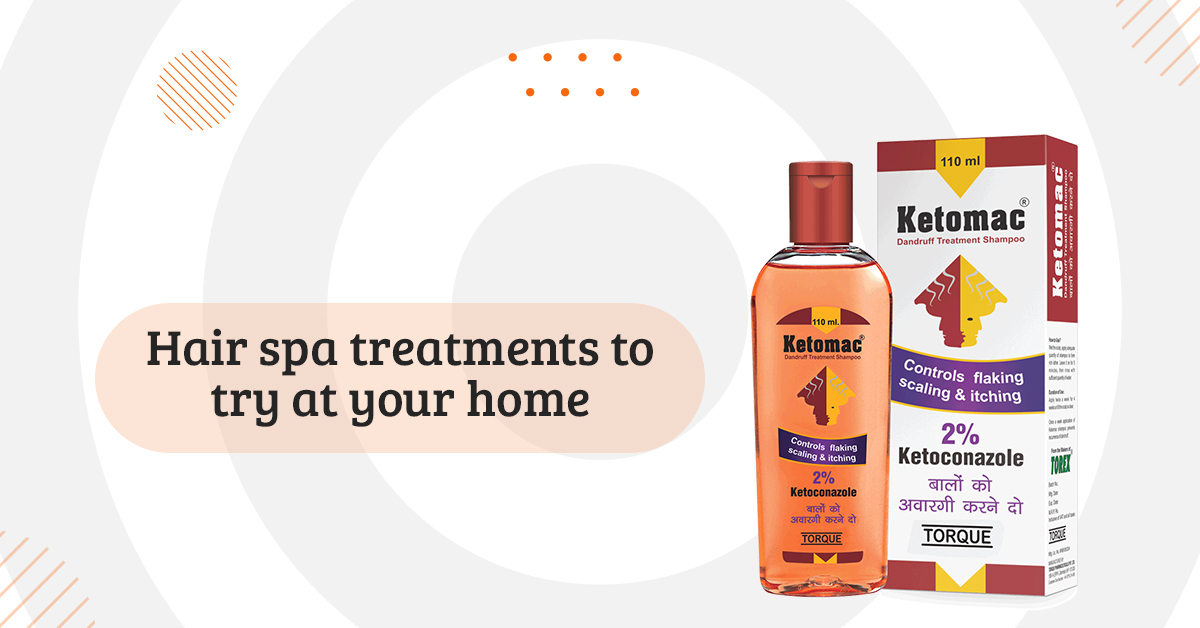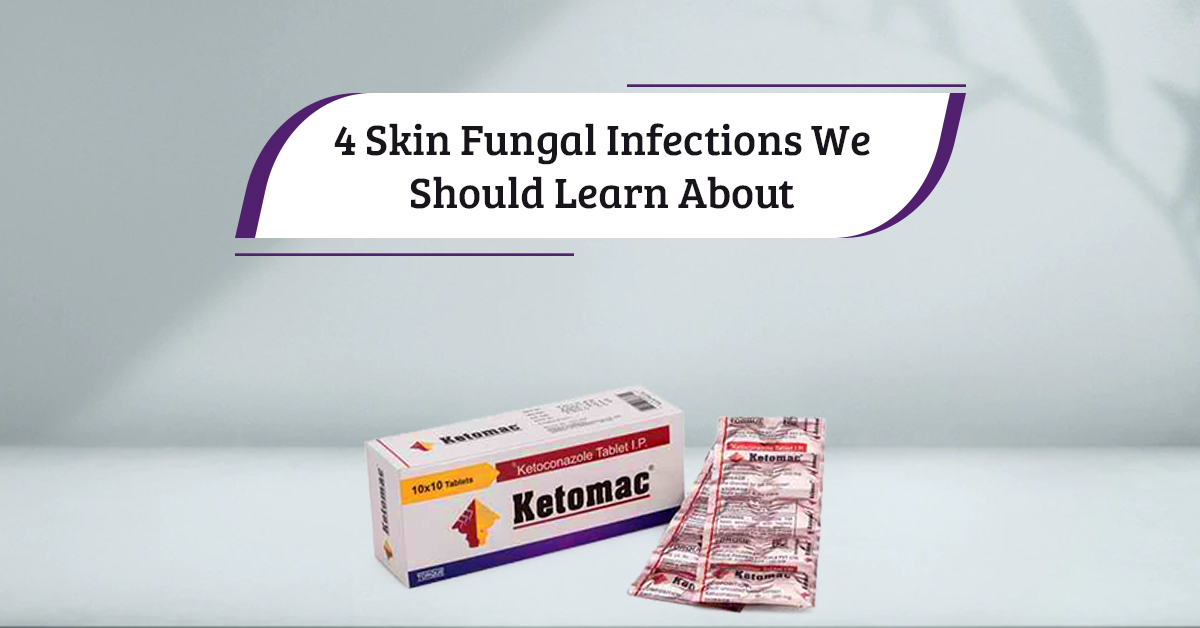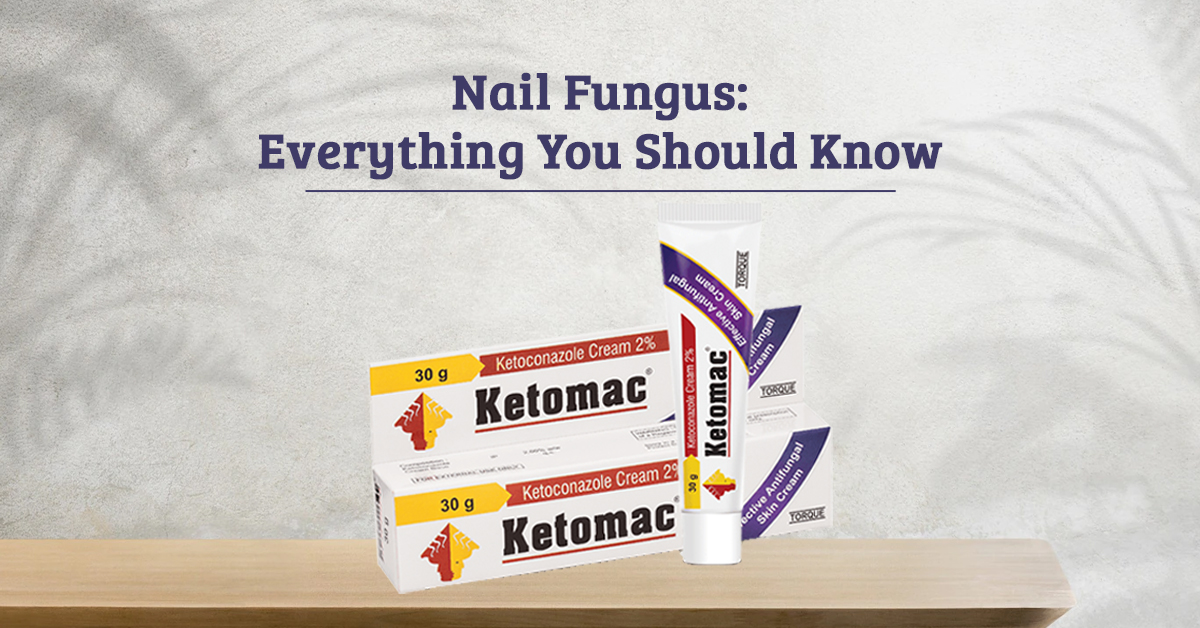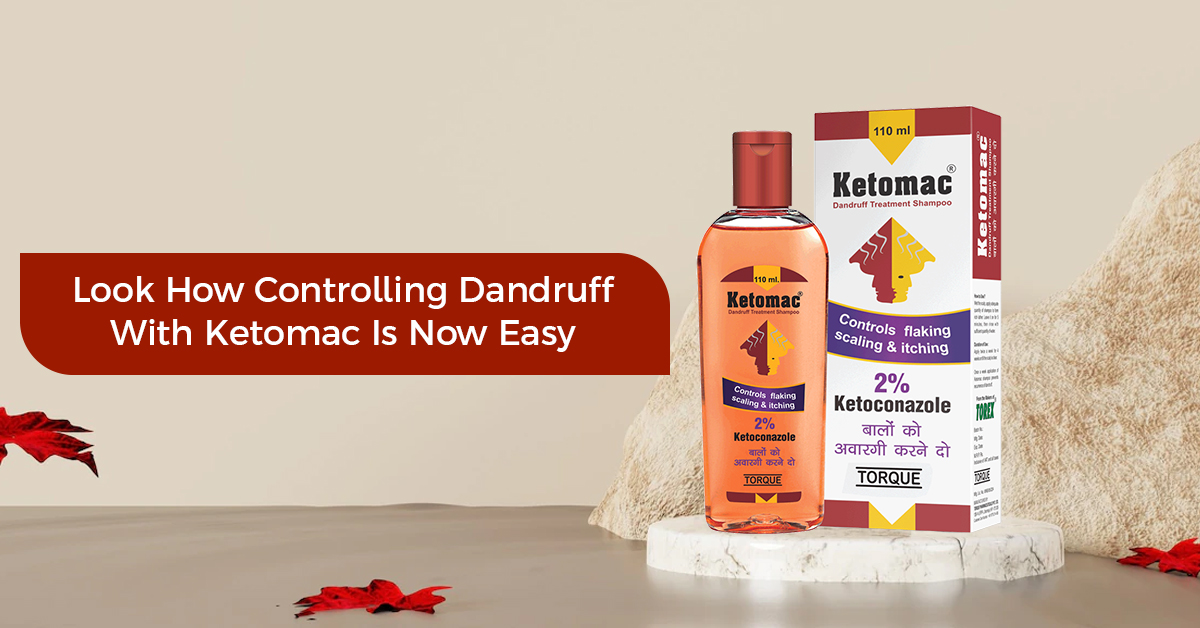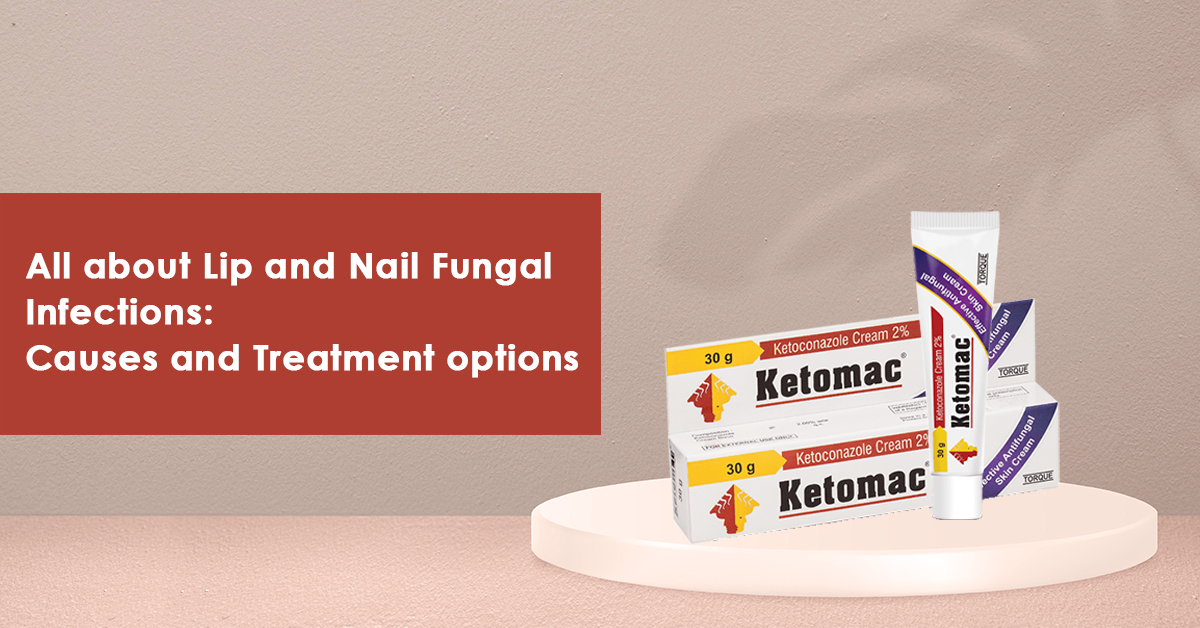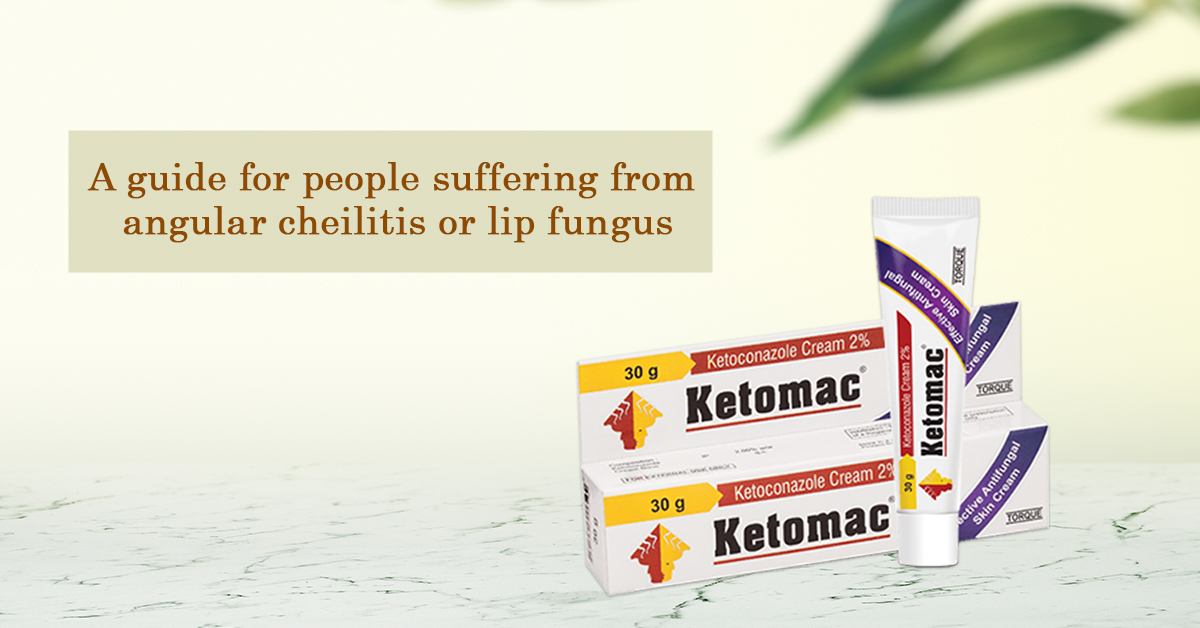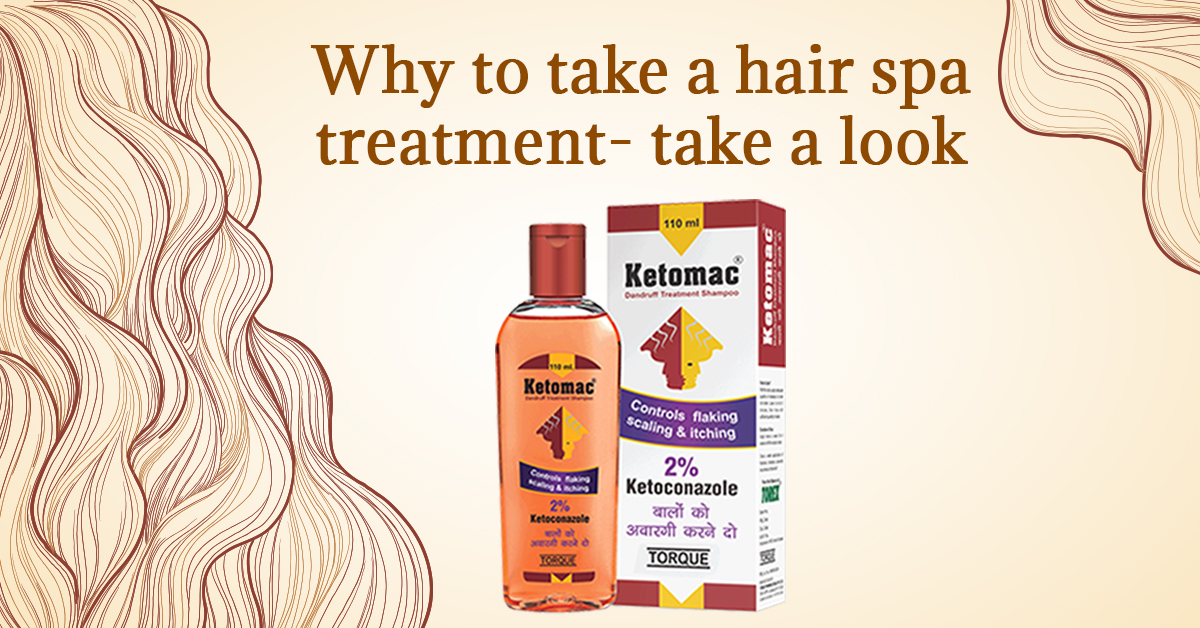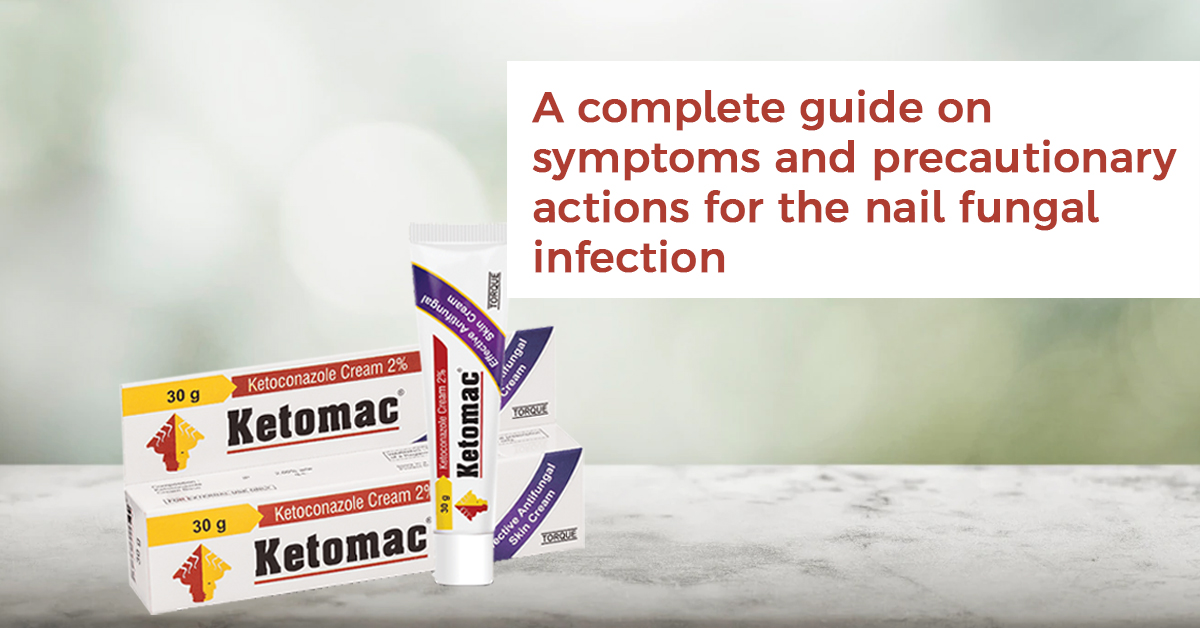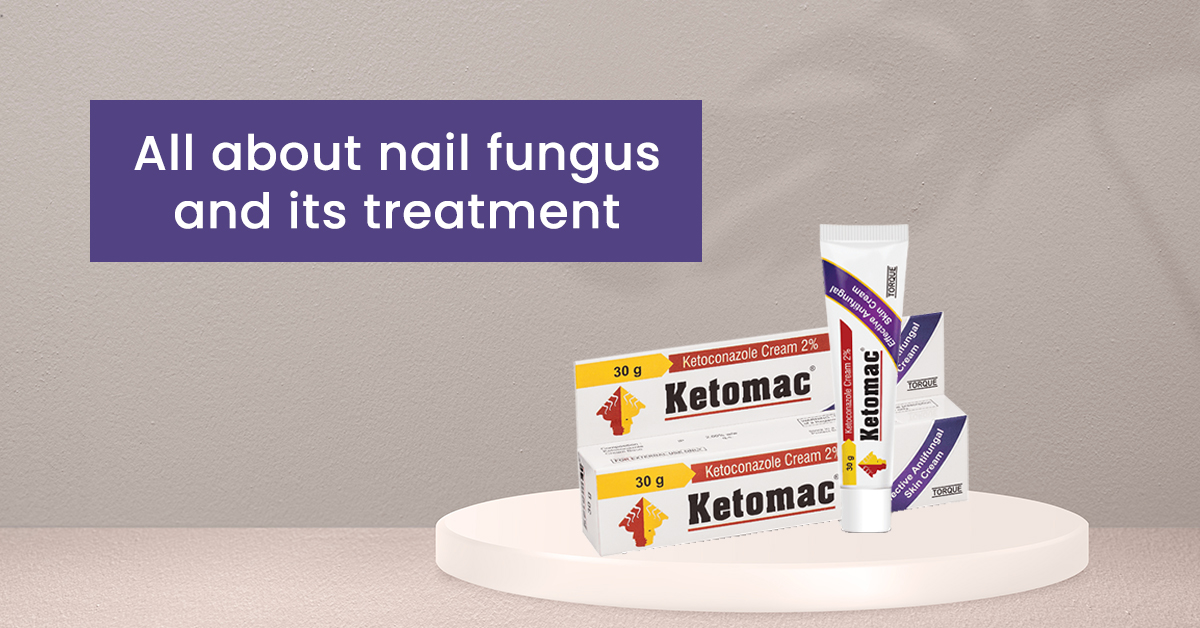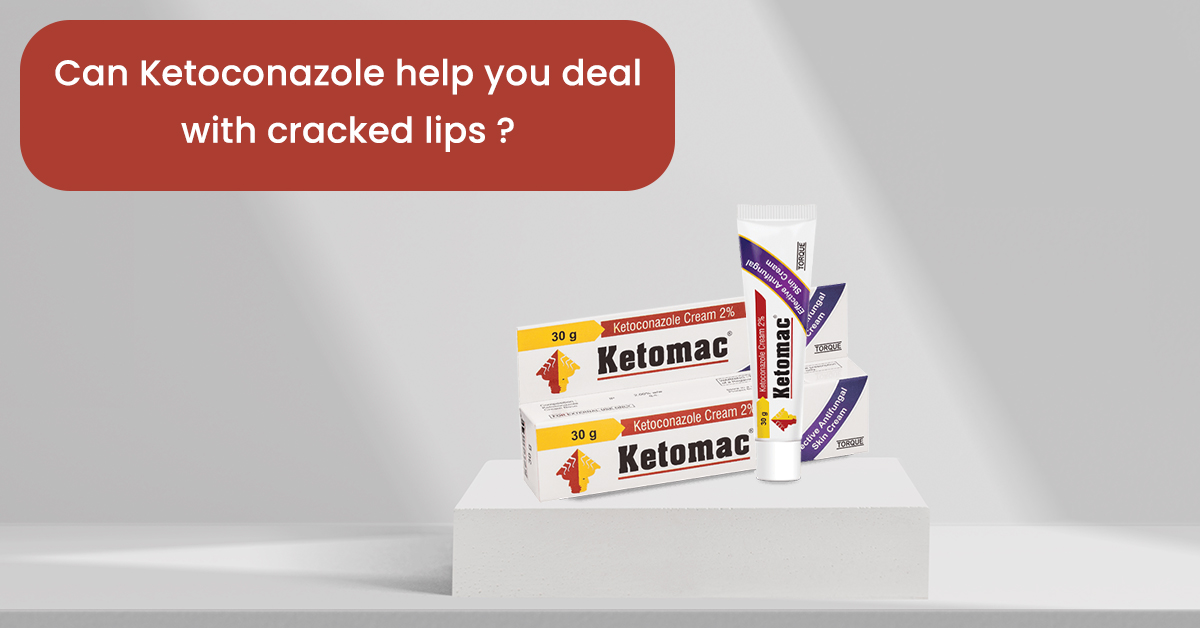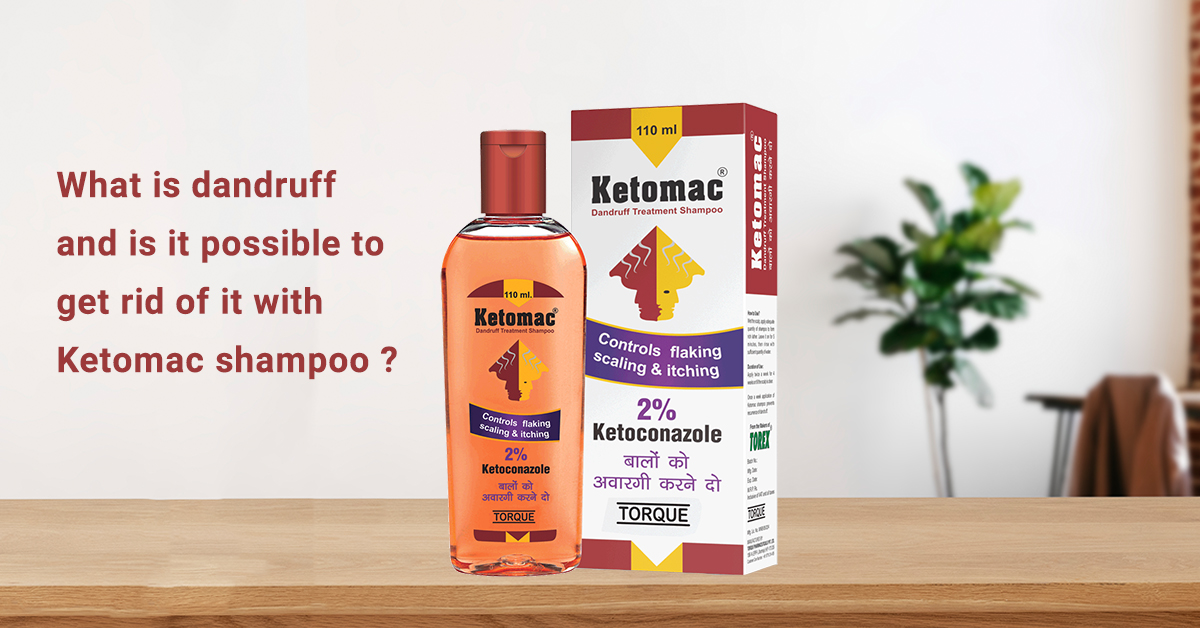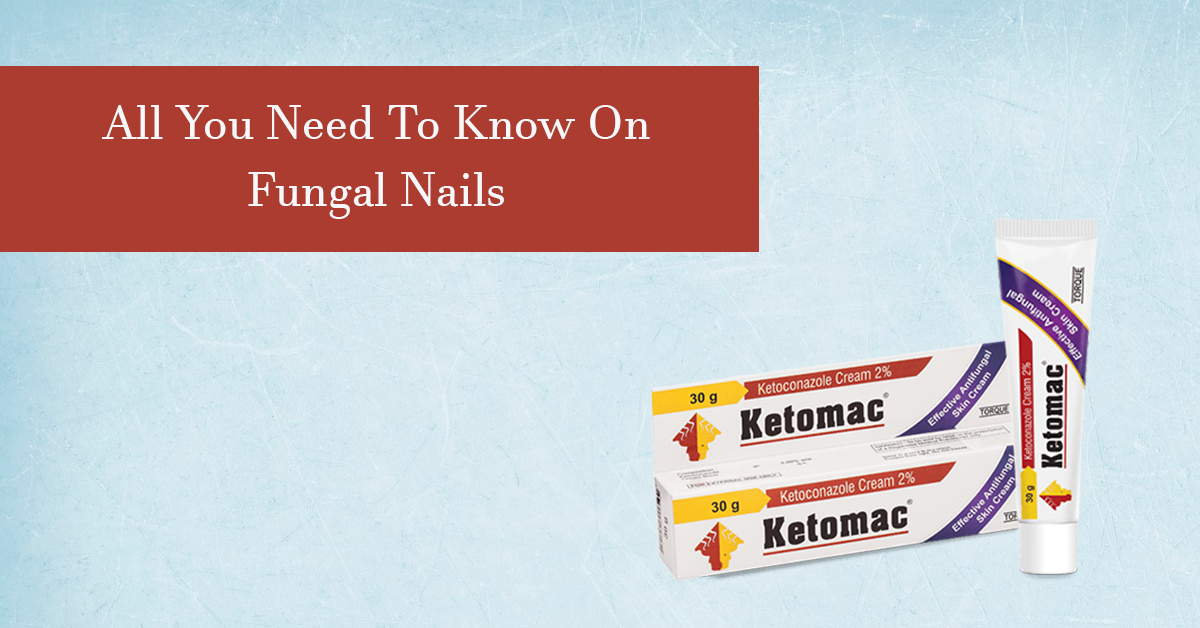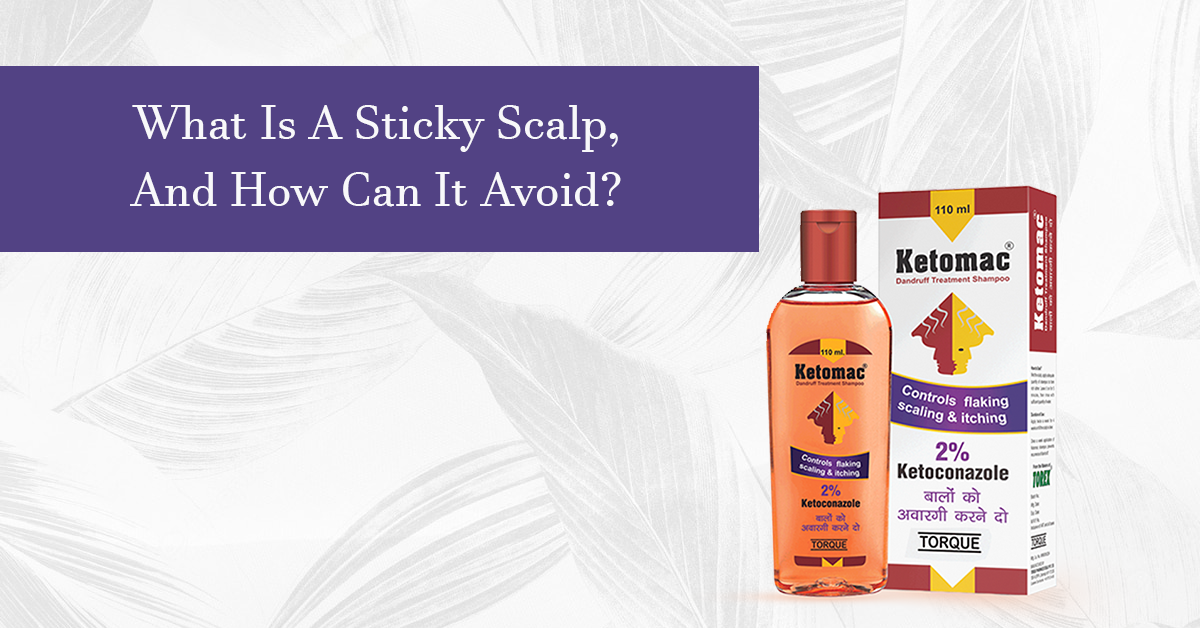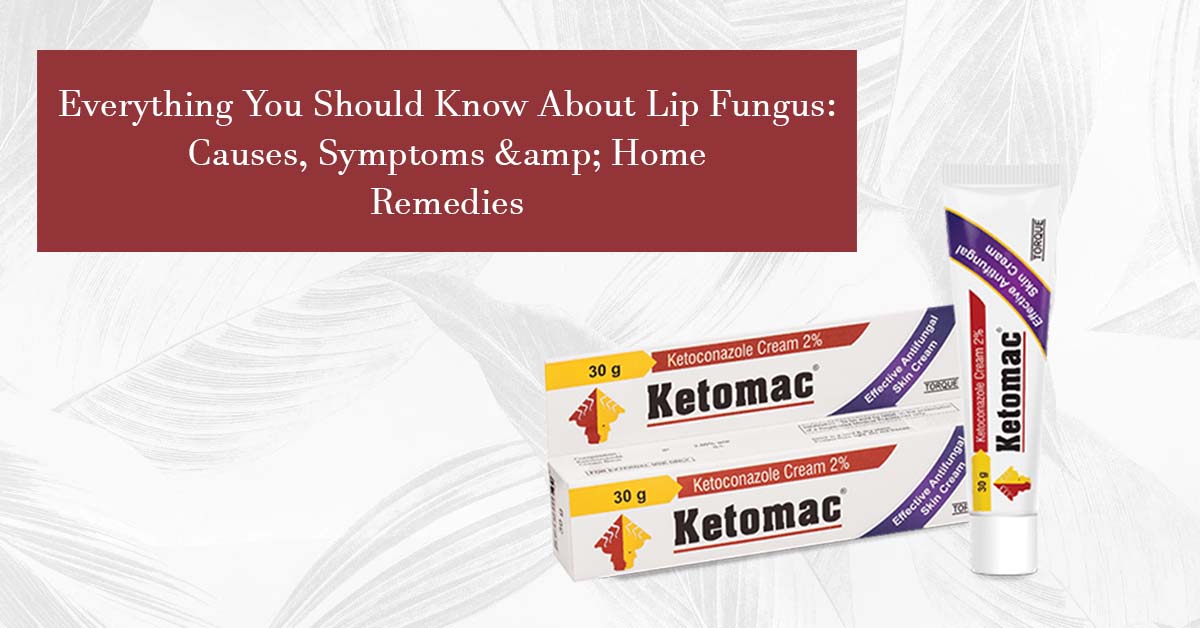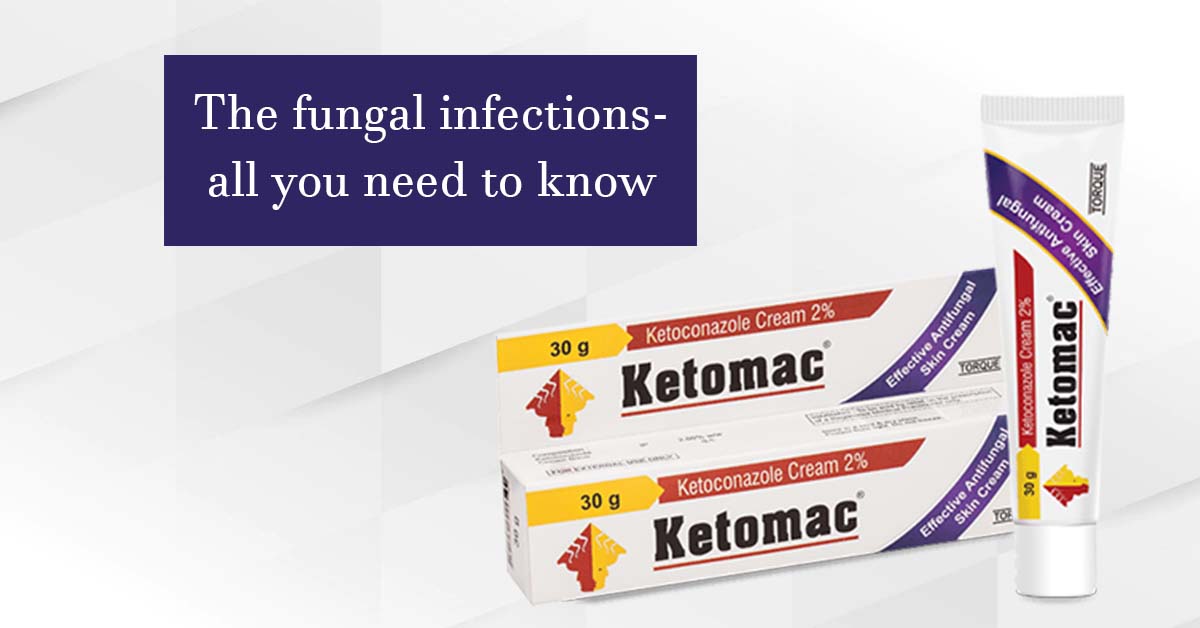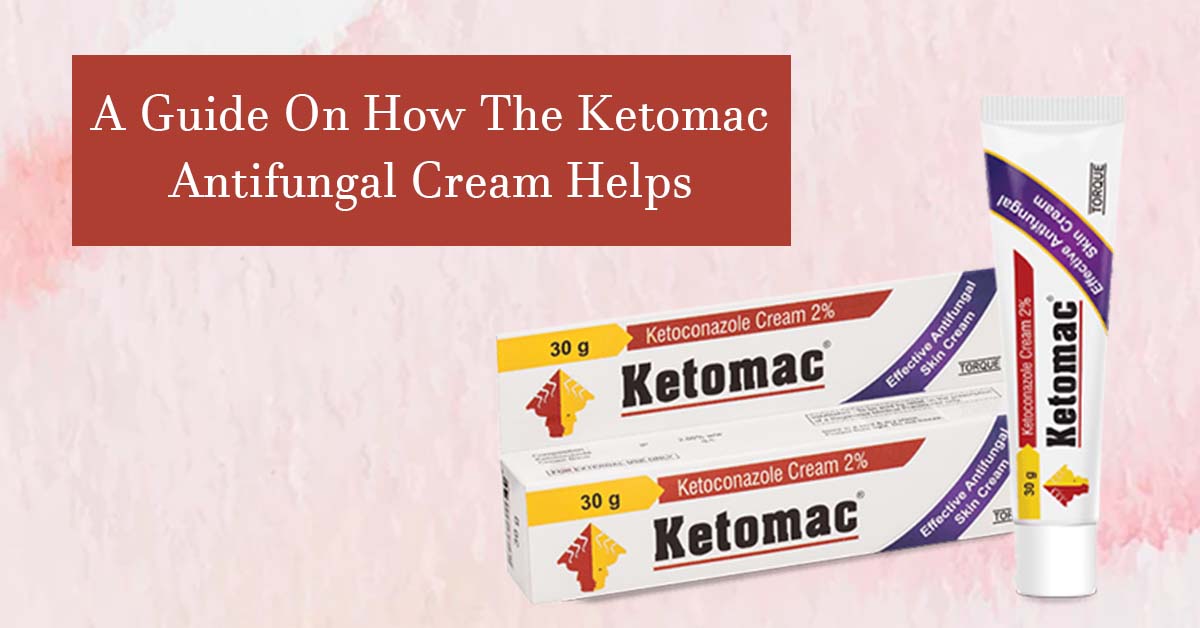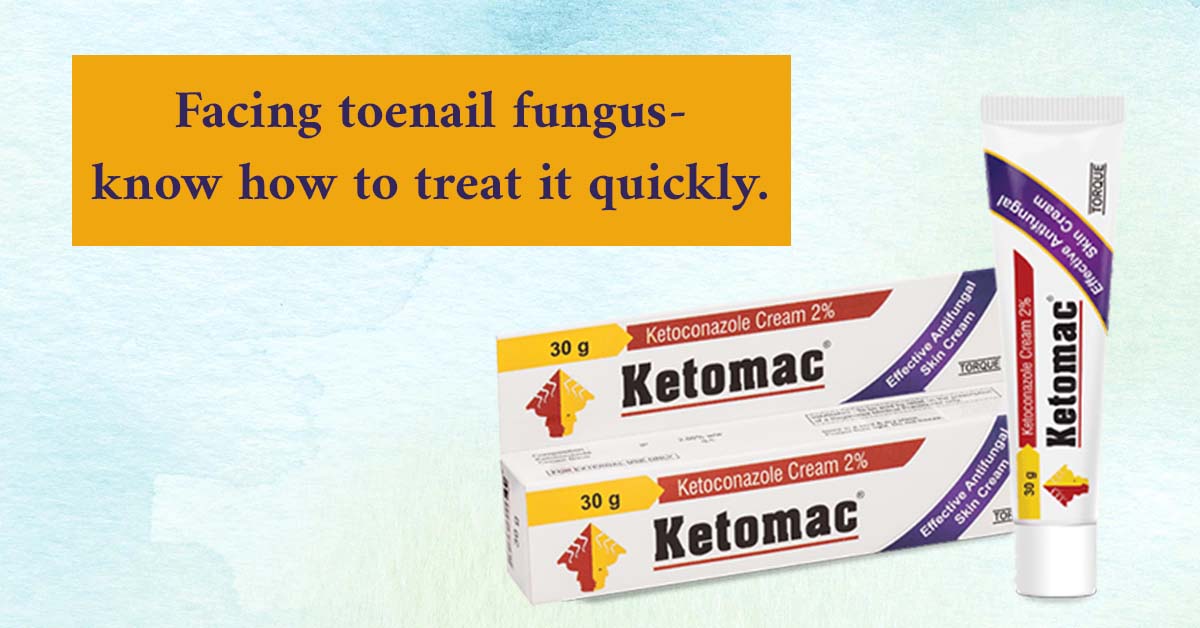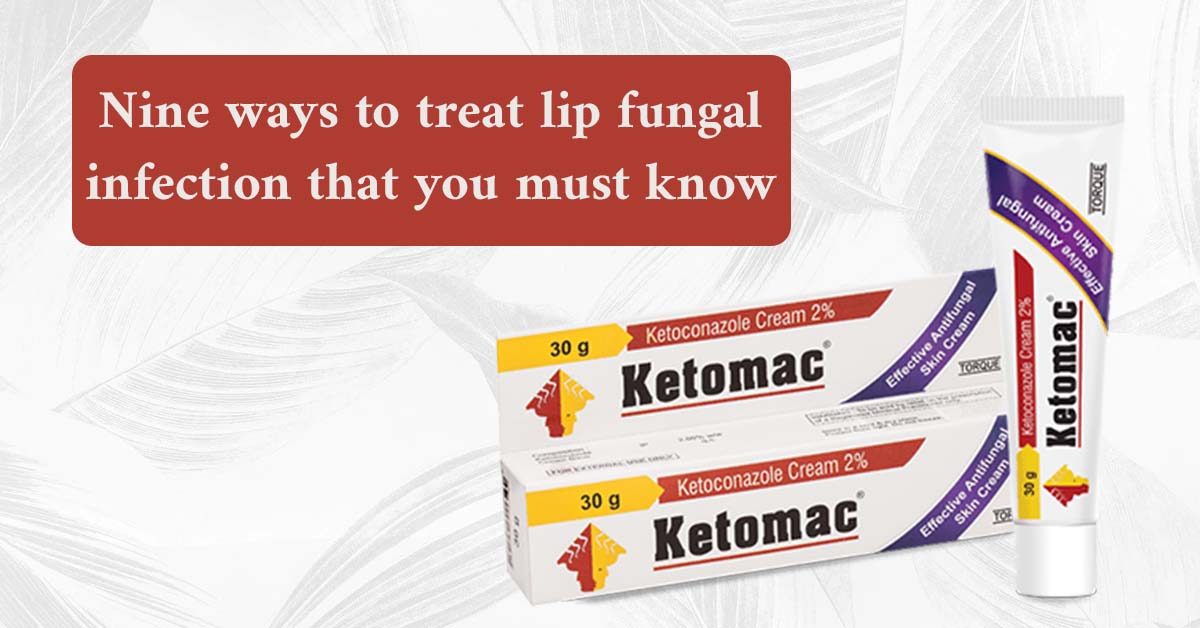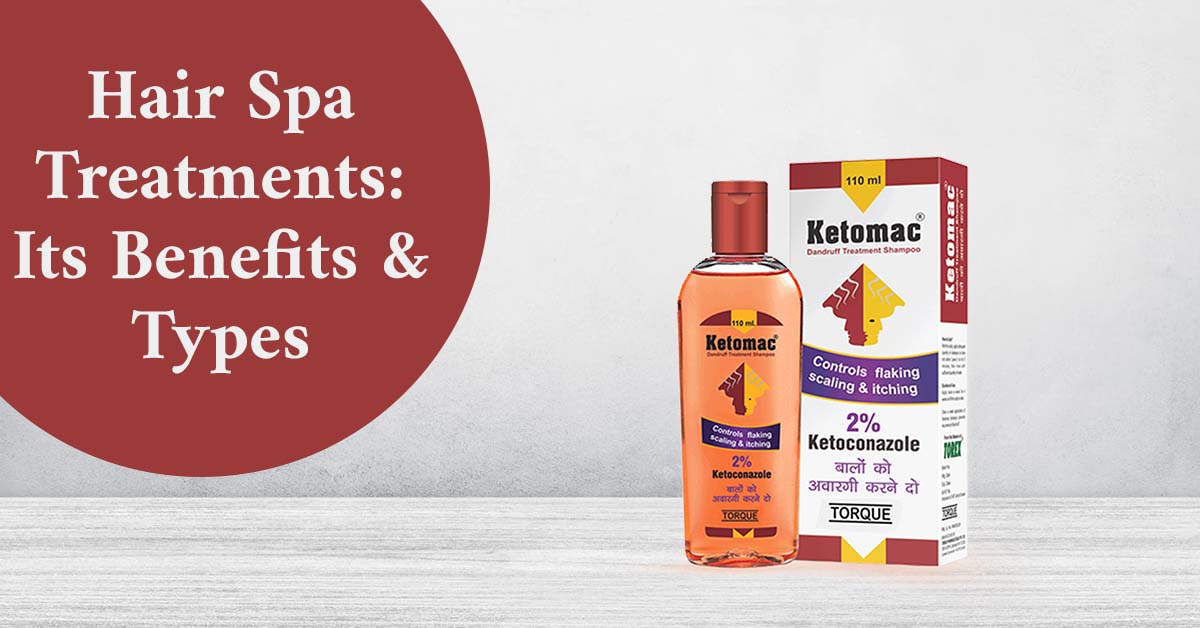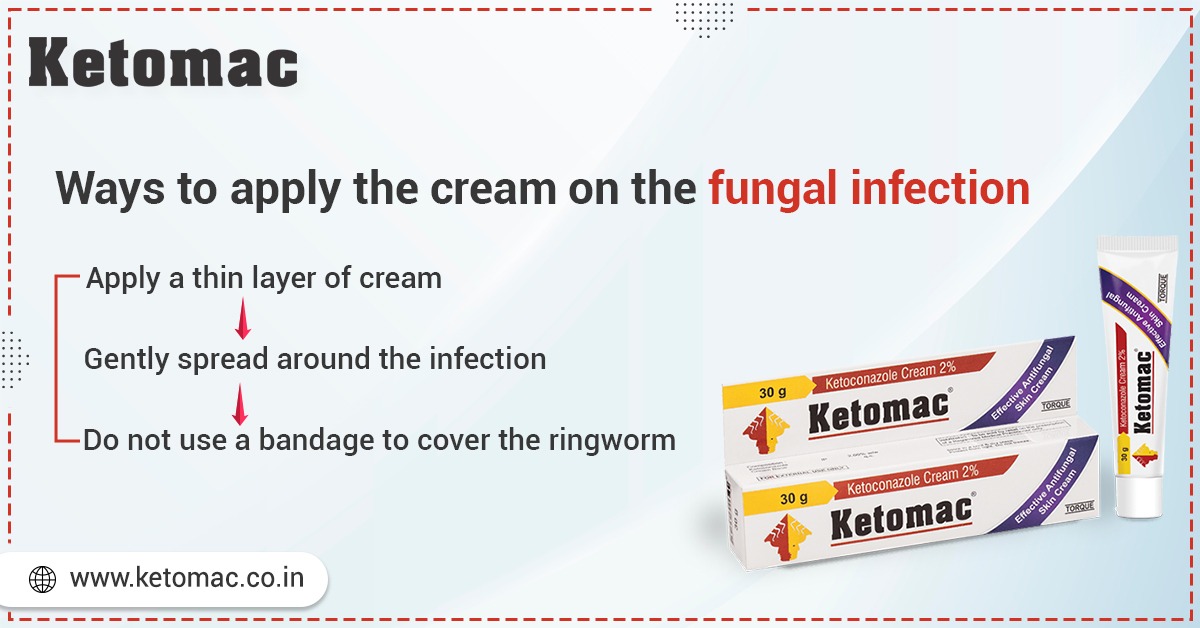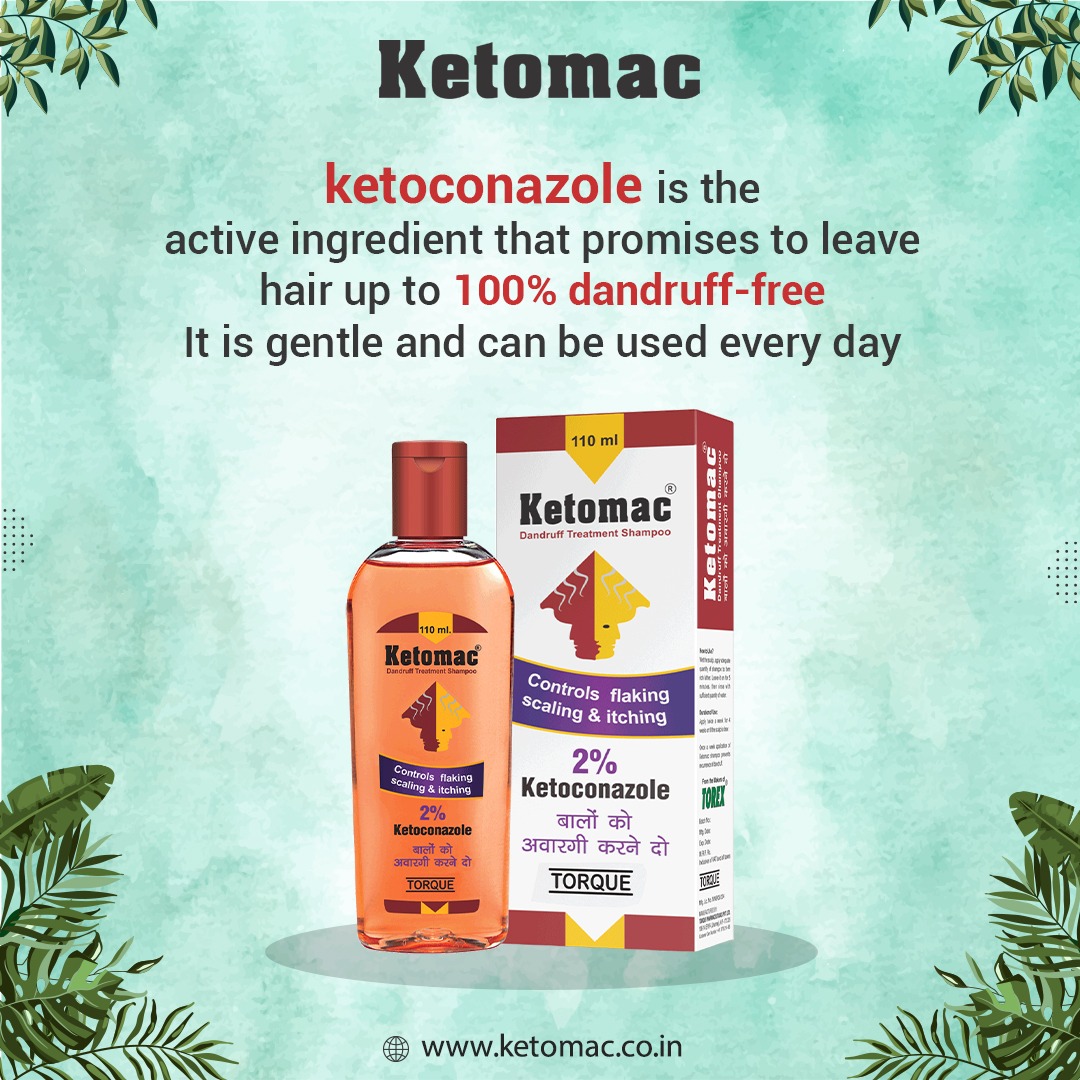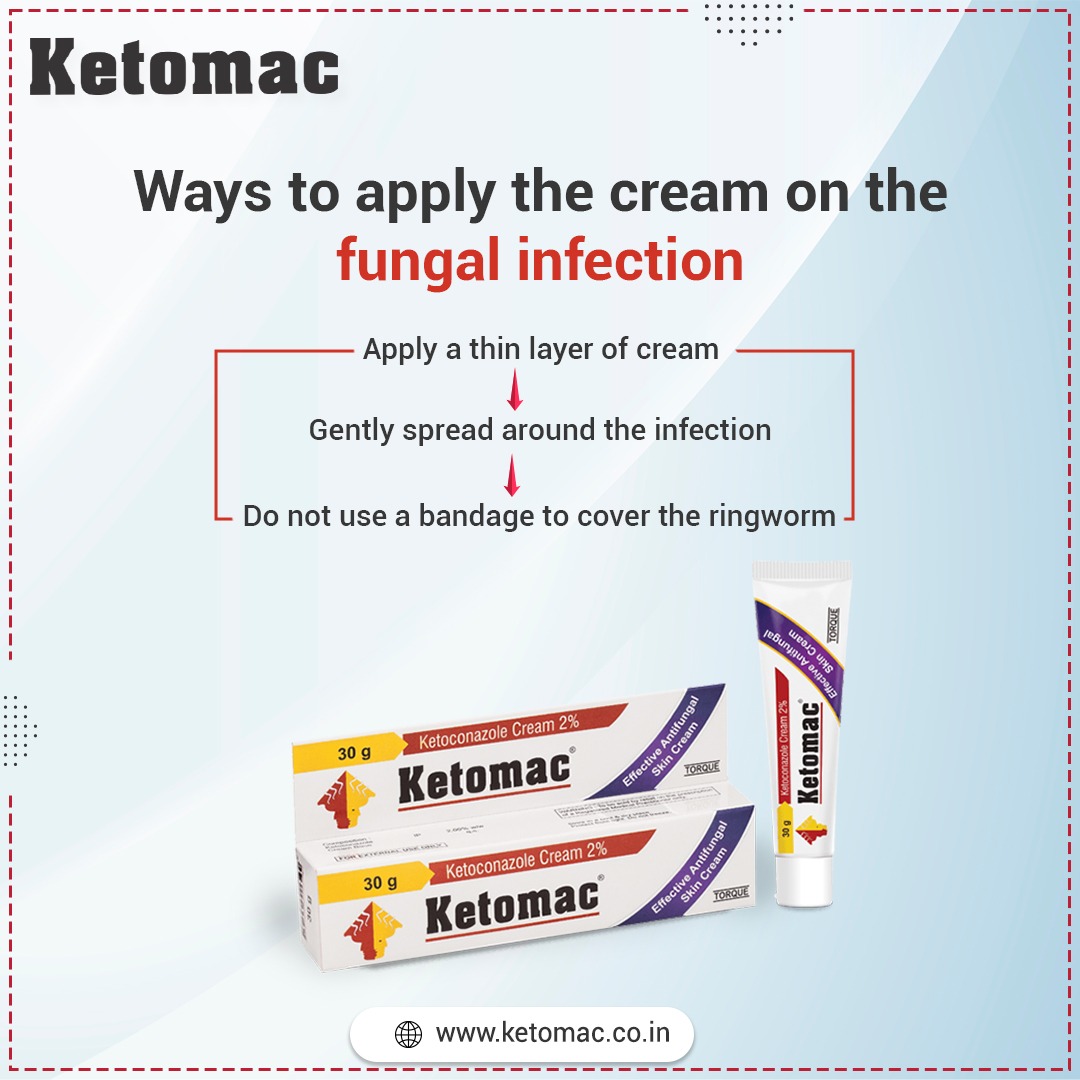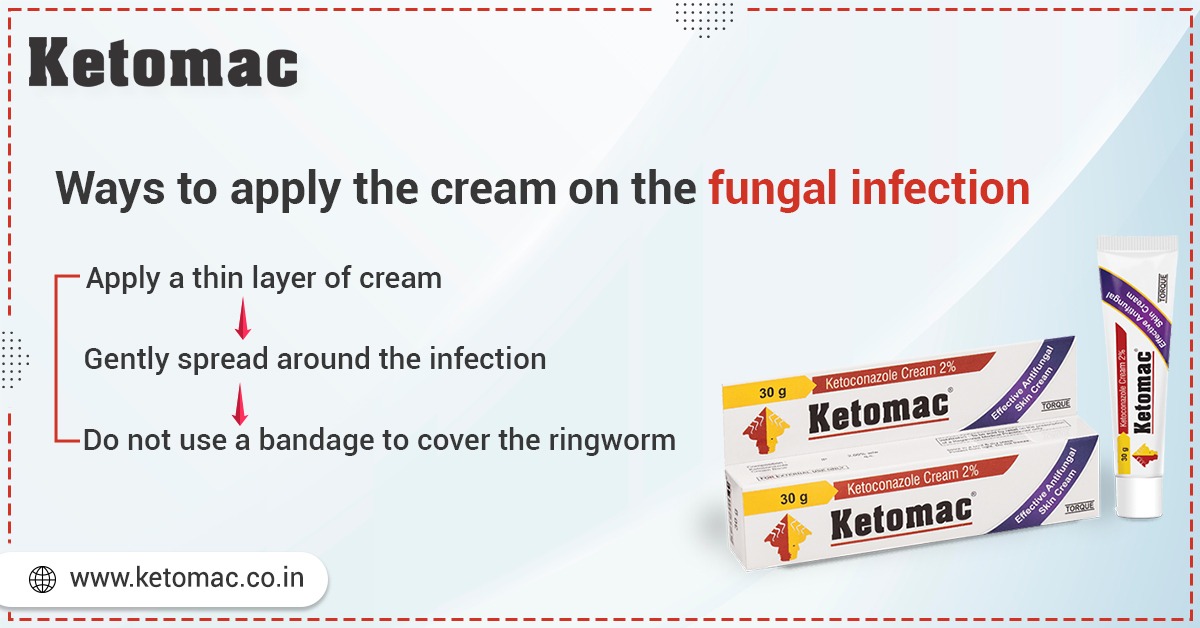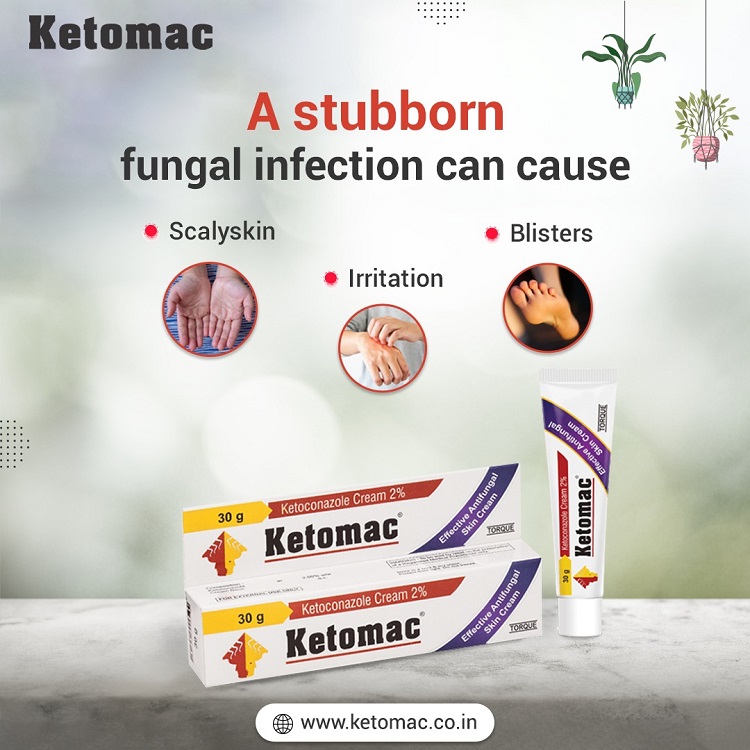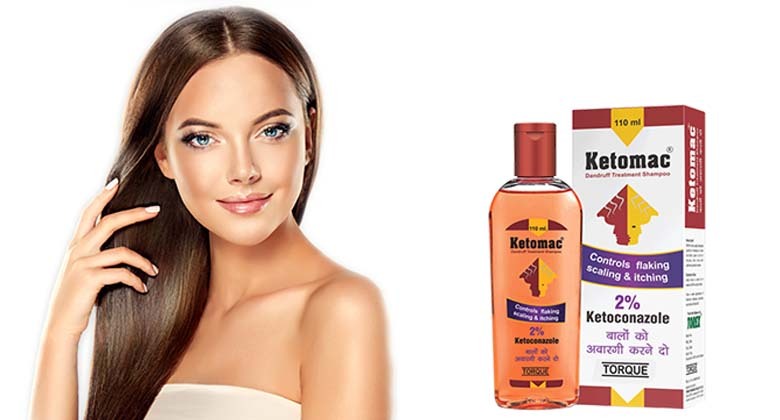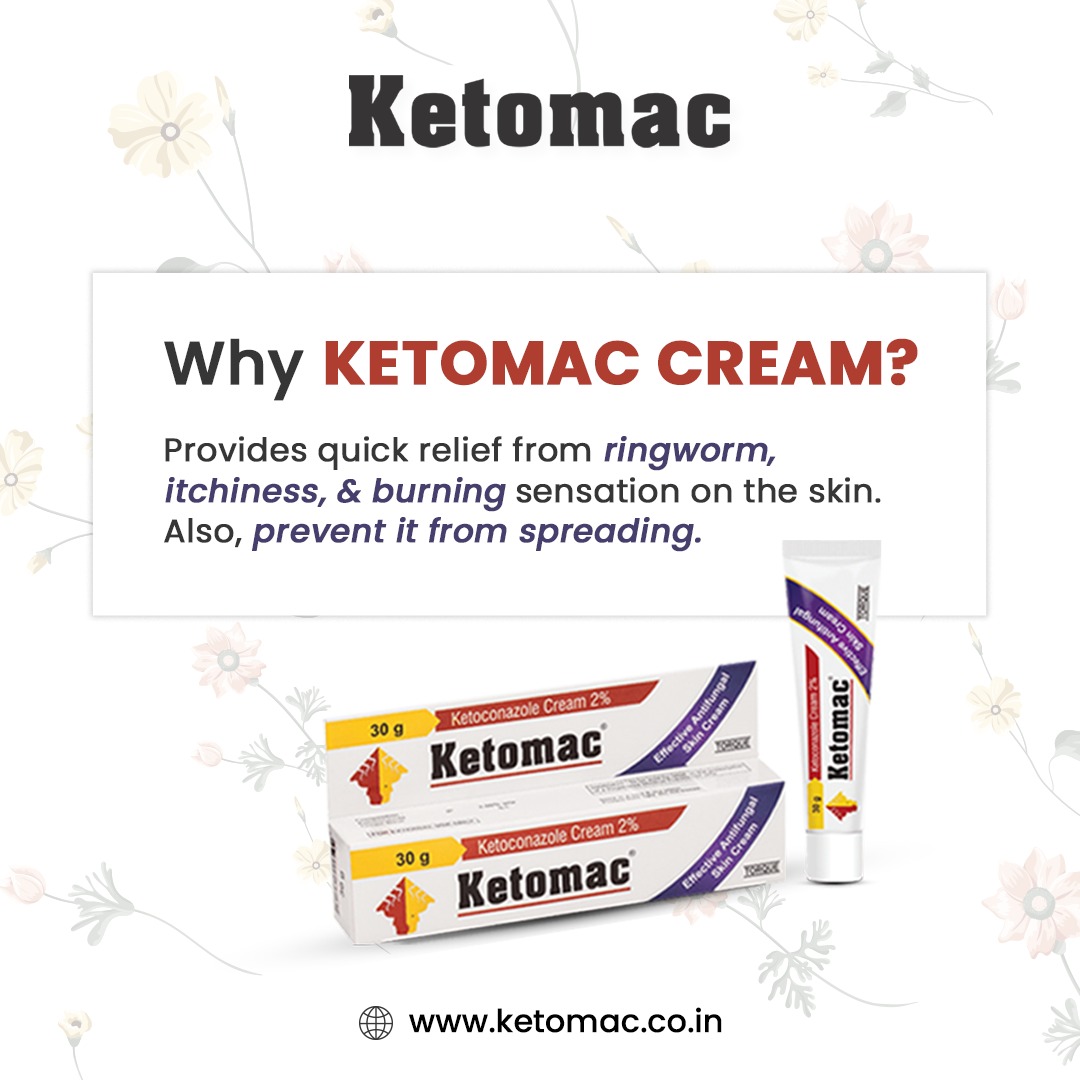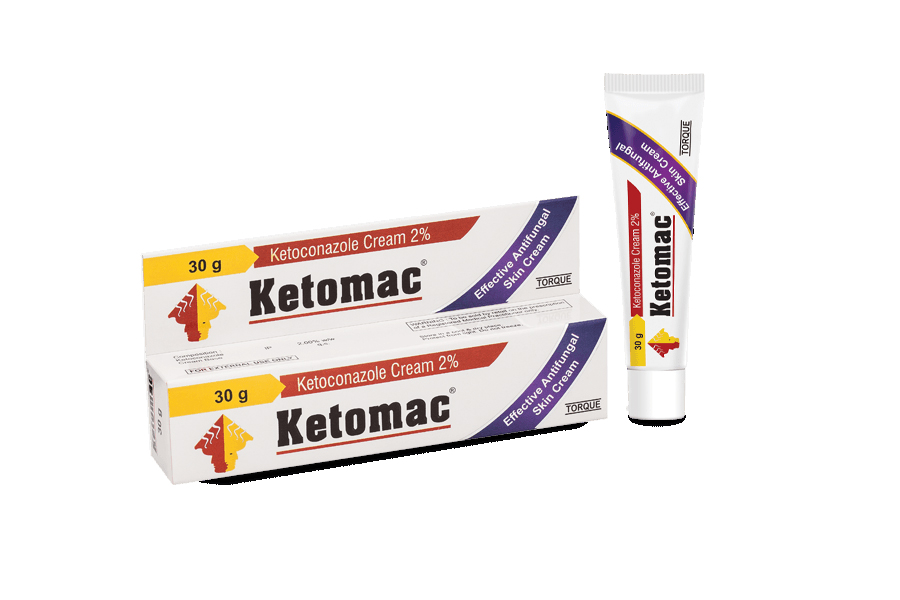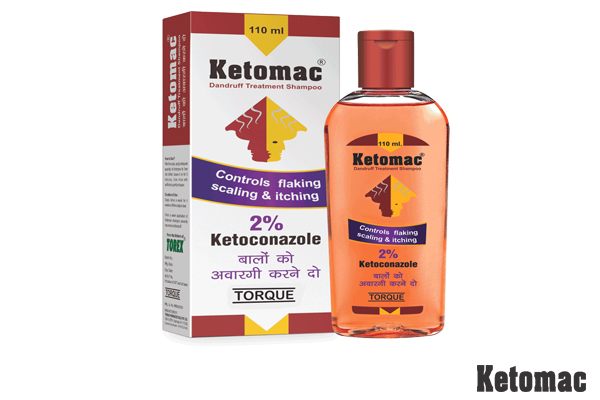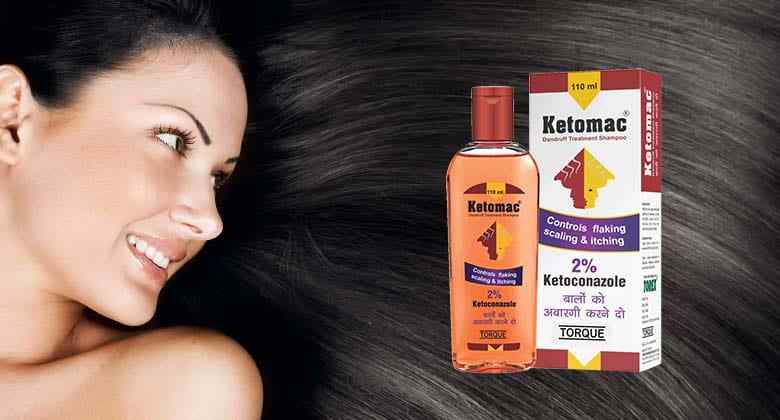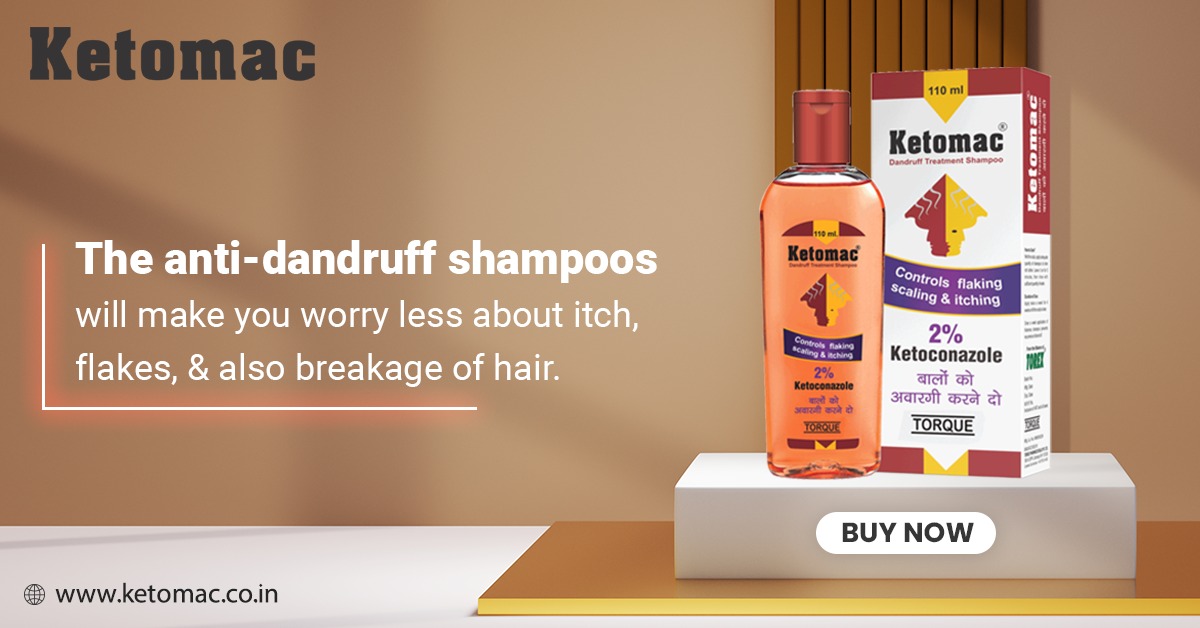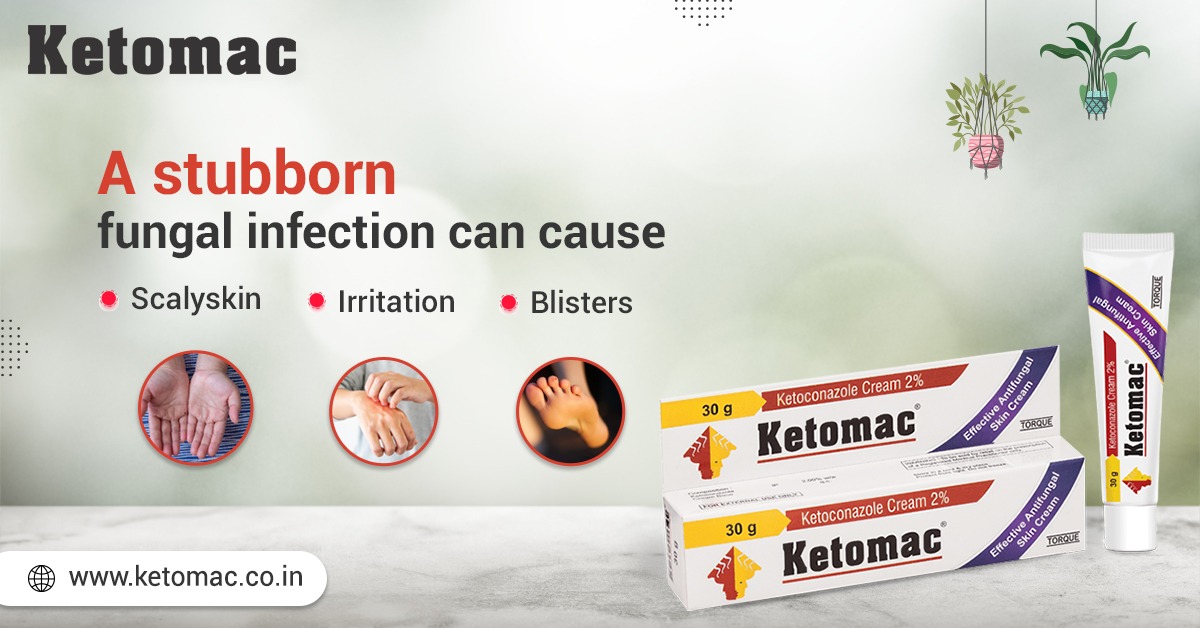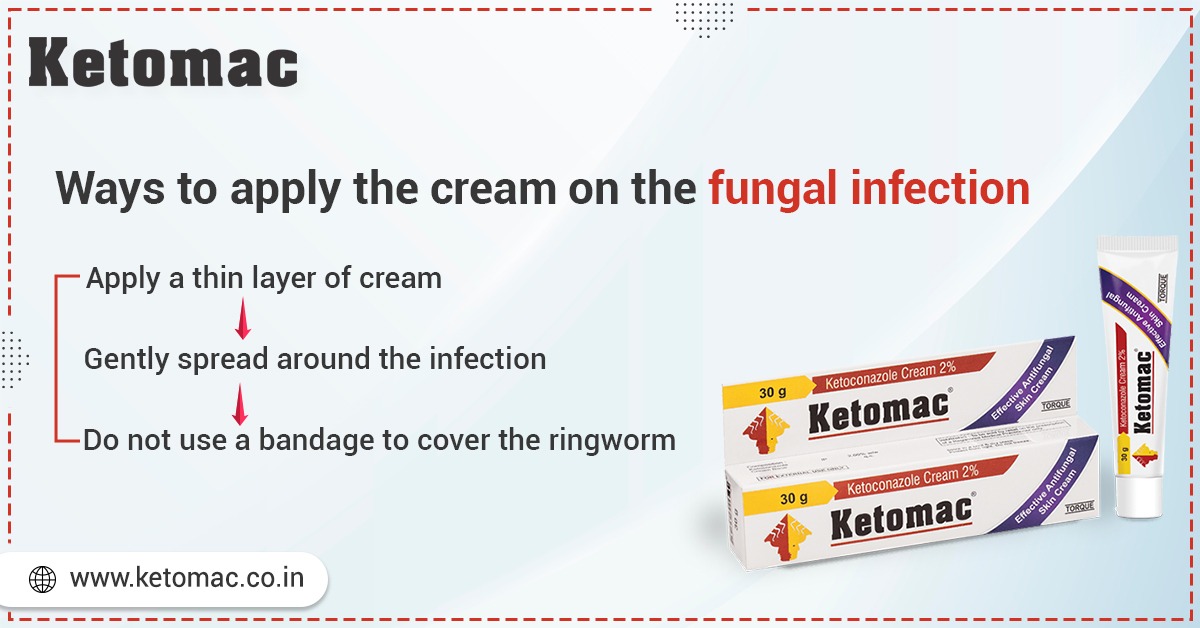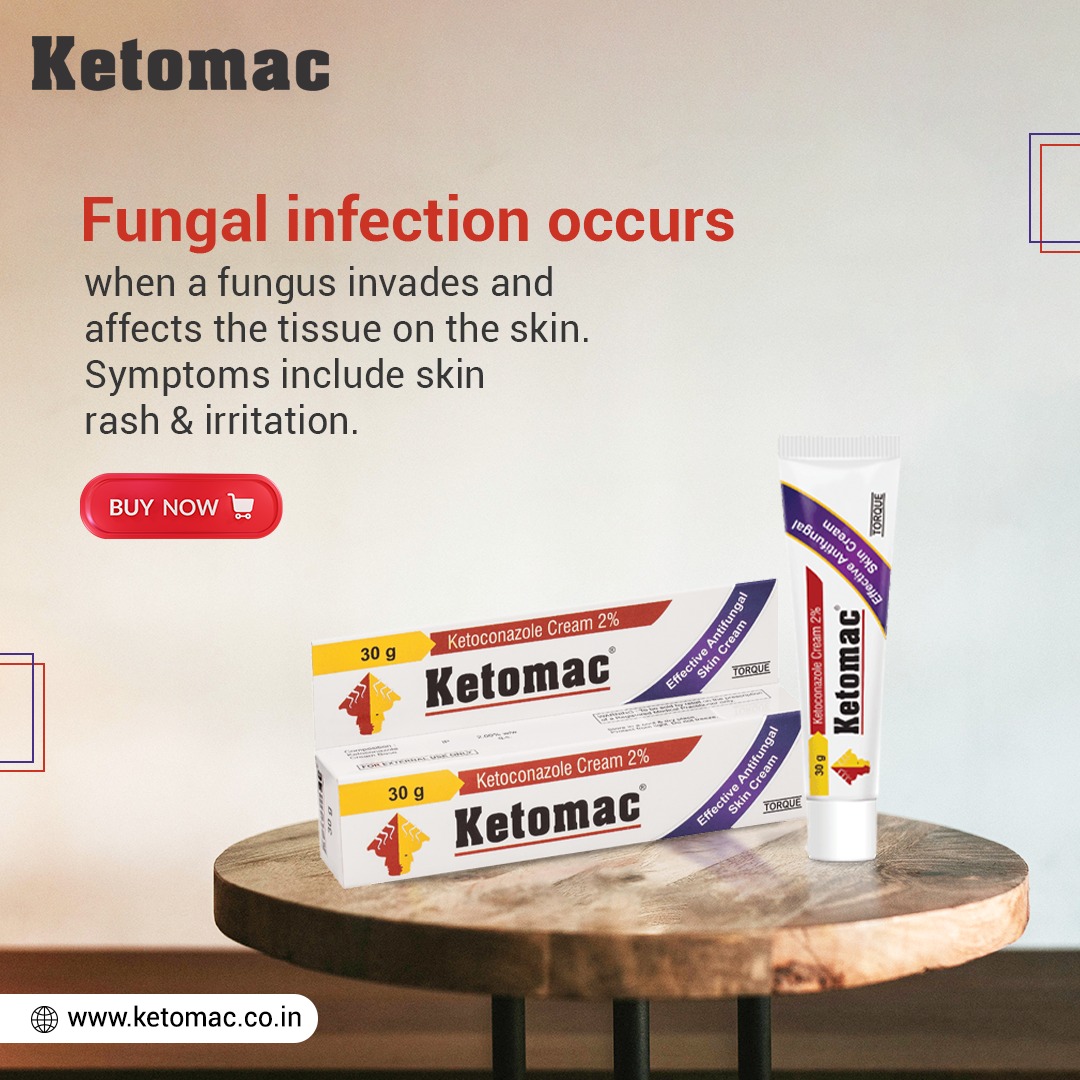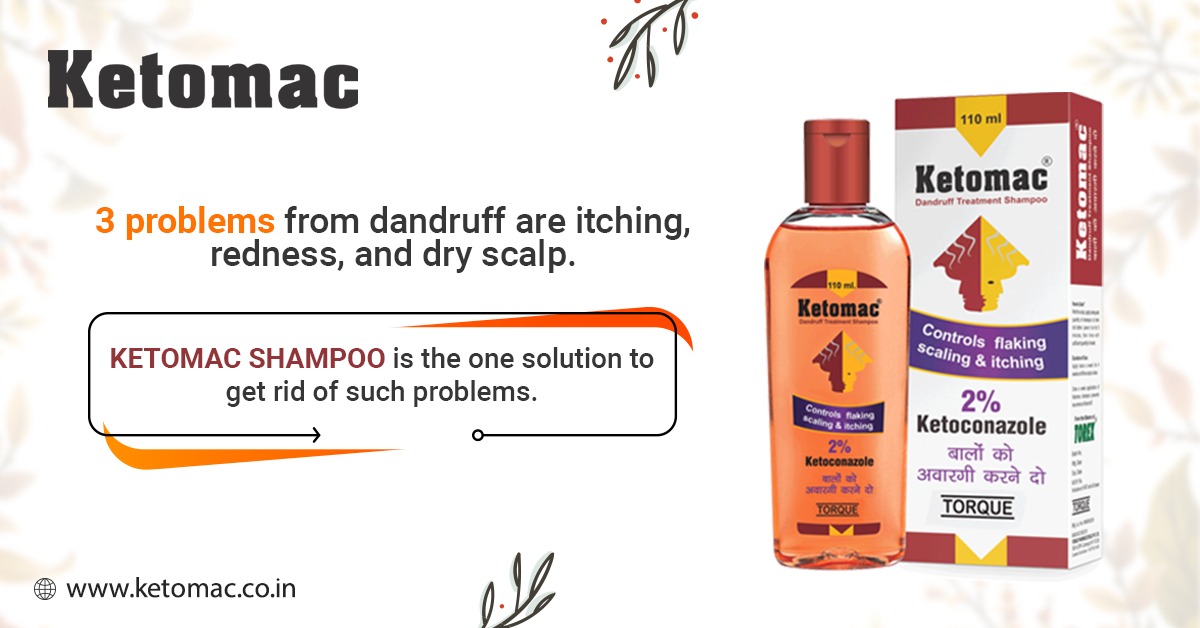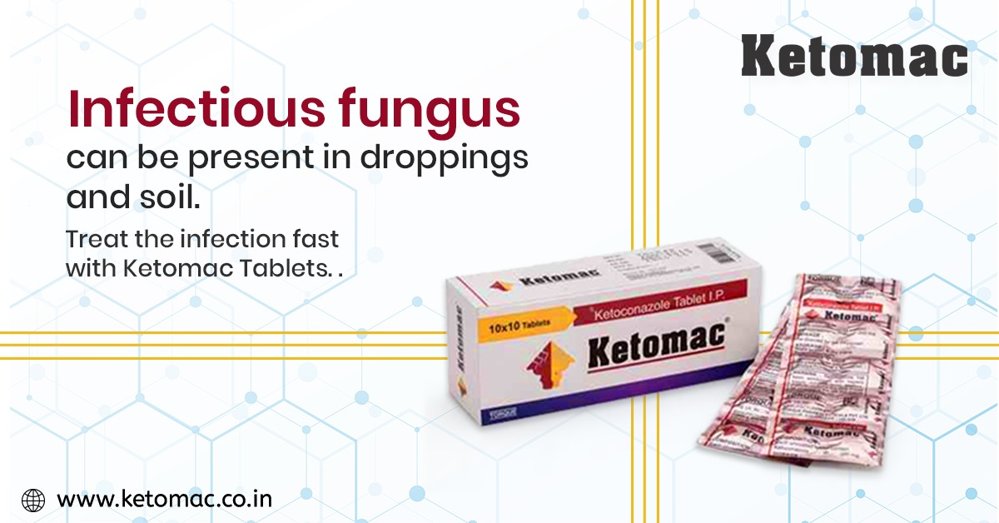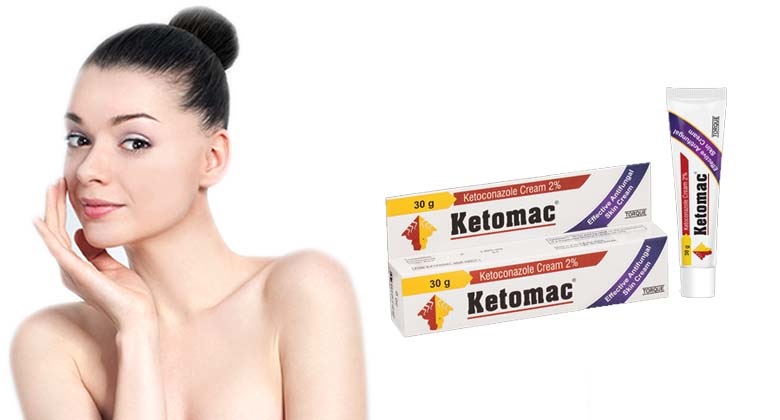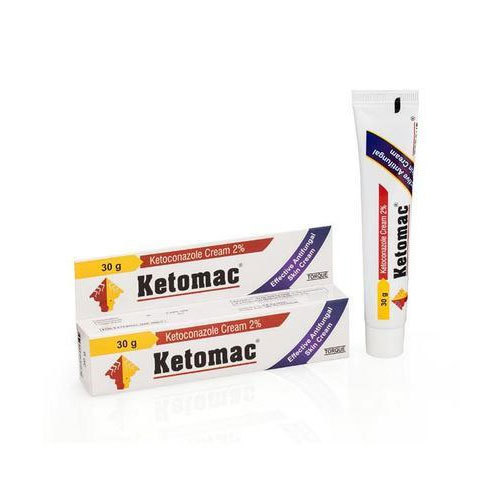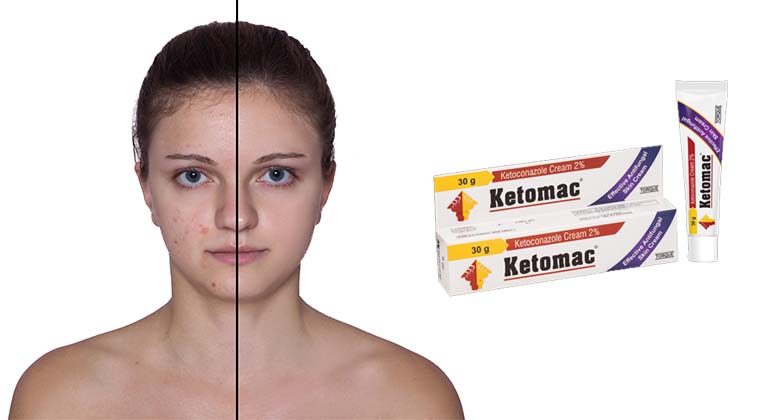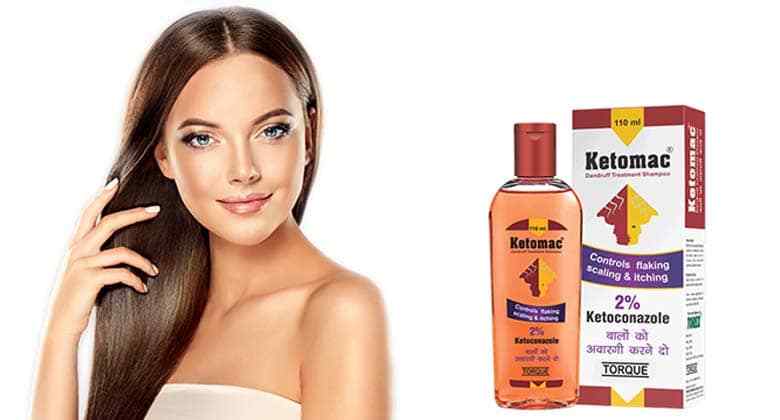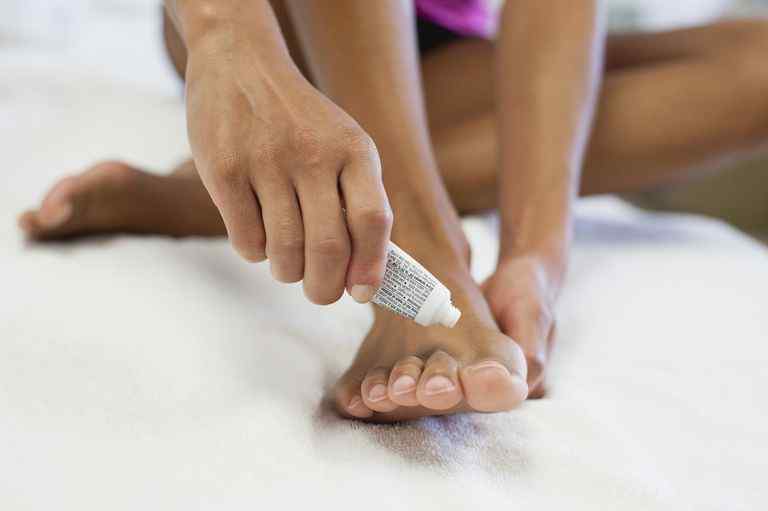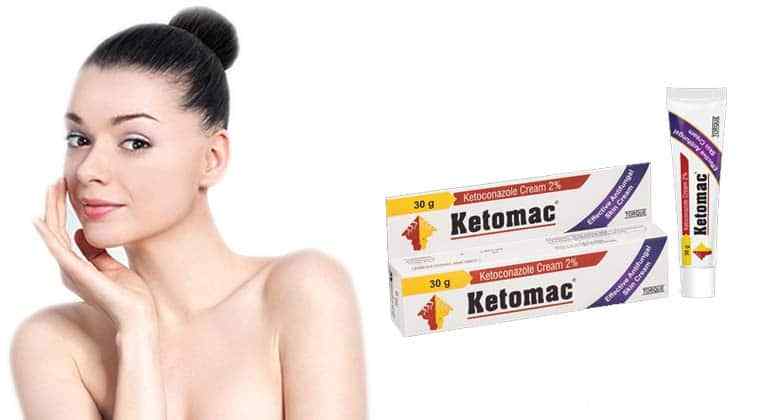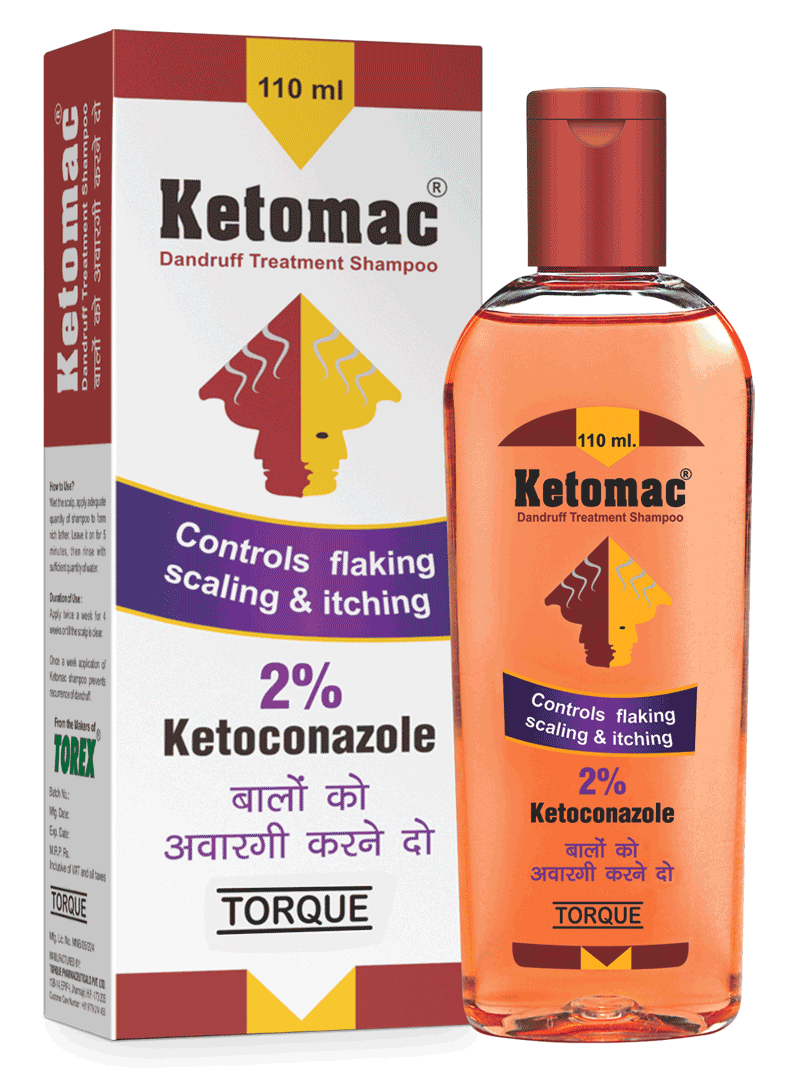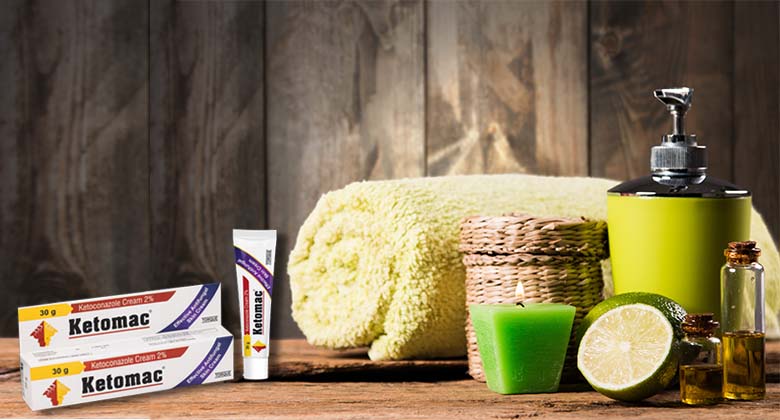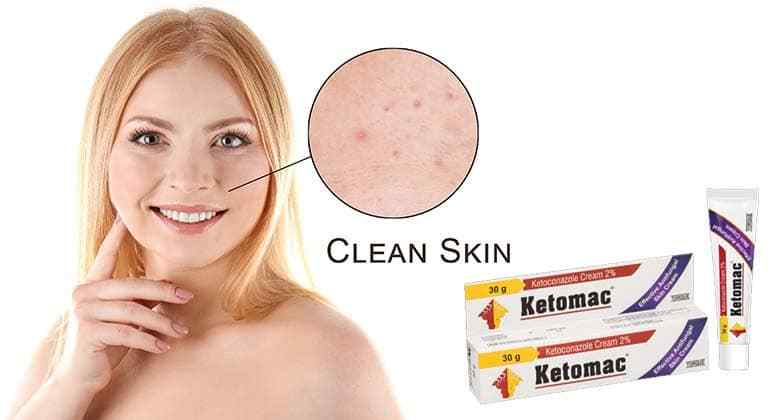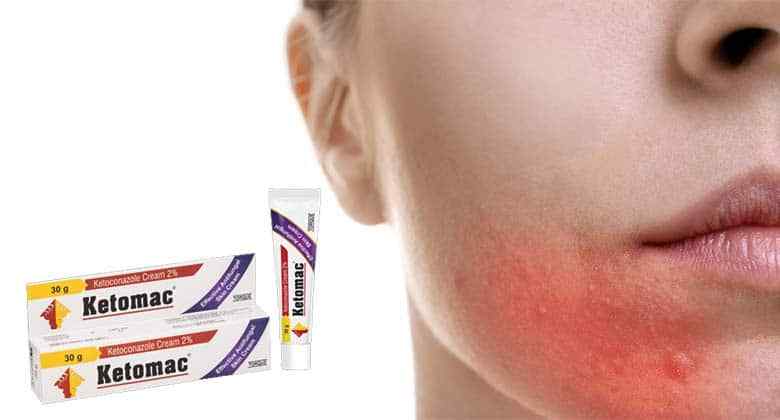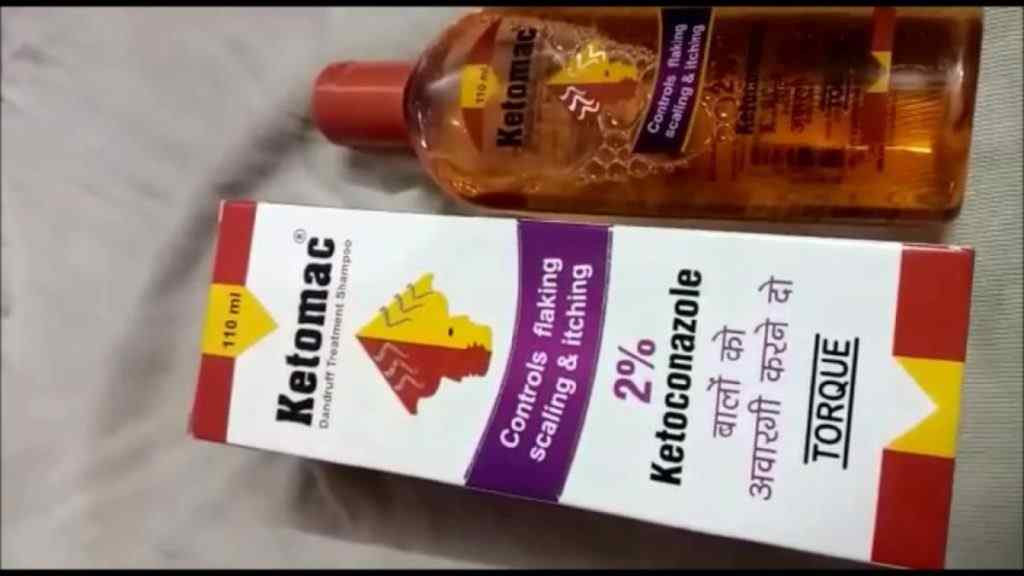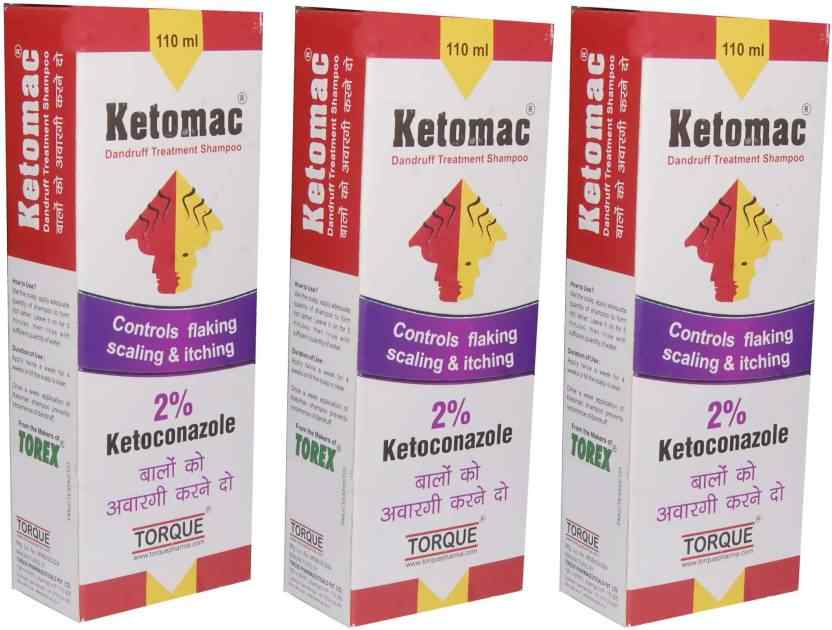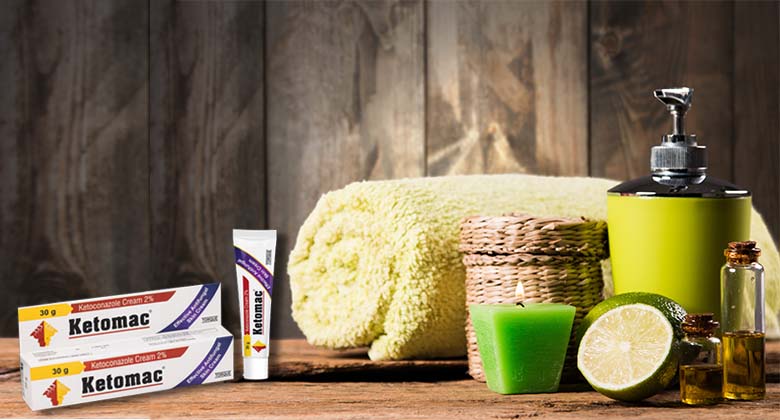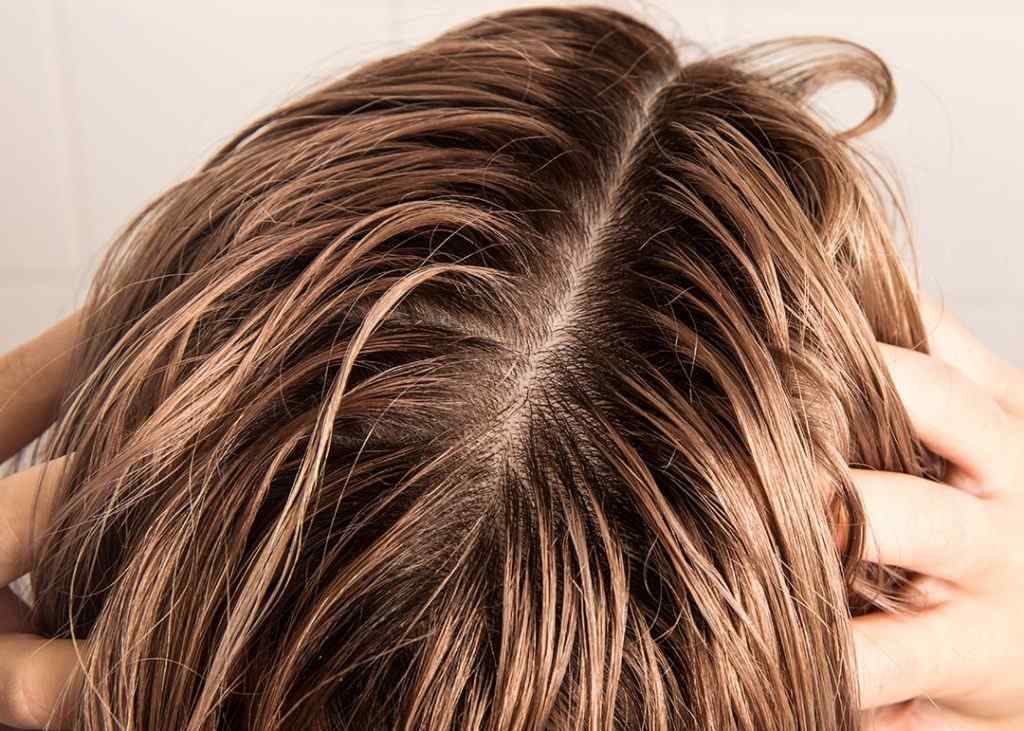In the last few years, skin issues, infections, and diseases have become very ordinary, and the temperatures rising like they have been recently all over the world is not helping the situation in any way. There are hot summers in most parts of our country as well; primarily, north India has been experiencing hot and dry spells of summer, which are accompanied by warm weather, hot winds, and humidity. This weather is the most extensive open invitation to various fungal skin infections.
It is where antifungal ointment in India comes in handy. When these fungal infections are left unattended, they can cause skin irritation and burning sensations which can irritate the patient. It would be best if you always used antifungal skin ointments per one’s skin type.
The Indian community’s unawareness regarding this product regarding growing fungal infections is a sign of worry. Skin infections are problematic; some can leave severe scars if not treated correctly and on time.
Fungi are one of the largest organisms found on this planet. There are millions of different types of fungal species. You may have heard of mushrooms or mold – they are also a part of some species of fungi.
Some of these microorganisms live inside your body and on your skin. Suppose these microorganisms enter your skin through some opening, such as a cut or abrasion in your skin. They only become powerful when they start multiplying way faster than expected, which can cause a fungal infection (also known as mycosis) called the disease caused by fungi.
Fungi usually grow and multiply in warm and moist places such as shoes, socks, and swimming pools and on body parts such as the groin, feet, folds of skin, etc. These places don’t get much airflow and are often sweaty, which promotes the growth of fungi.
Such skin infections usually appear as a rash or redness of the skin, which may often be itchy and can lead to different symptoms such as:
- A red rash over your skin
- An acne-looking rash, which looks like a pimple or small bumps around it
- Sometimes the spot is accompanied by a yellowish crust on top
- Redness all over the affected area
- Cracked, dry skin
- Pus or fluid that leaks out of a particular cut
- Soreness that looks like blisters
- Pain and swelling that keeps getting worse day by day
- In some cases, a fever is also accompanied by some of the symptoms mentioned earlier.
The various types of antifungal medicines are the ones that can destroy the walls of the cell where the fungi are present, thereby creating an environment to kill these fungal cells. They can be found in various forms such as creams, spraying solutions, tablets that you can insert through your vagina, antifungal shampoos, medical pills, which you can pop through your mouth, and medicinal drug, which is injected through syringes.
You can cure fungal infections in a very straightforward manner when one has proper knowledge about the same; they can be easily treated when compared to unaware people. To understand more, identifying the type of fungal infection can be determined by the longevity of the treatment. Only after this can it help one gauge the severity of the condition. In the case of some people, the infections take too long to heal. It may indicate that the person may have some underlying health problems which need to be identified and treated so that the immune system becomes more robust. It can be easier for your body to heal effectively.
When we discuss treatment courses or how long one should take the treatment, this varies from infection to infection. You can treat some diseases like vaginal thrush in a few days; on the contrary, there are infections like ringworm infection on the scalp, which can take more than seven weeks to heal.
It is where topical antifungals can help treat infections. These are part of treatments that can be applied directly to the infected body parts rather than popping pills and going in for treatment to a skin specialist. Topical antifungals have been used to heal infections of the skin, nails, or hair; in some cases can also be used through the vagina; or also through one’s mouth.
The various examples of infections that topical antifungals may treat are as follows:
- Candida infections
- Nail infections
- Pityriasis Versicolor (causes the skin to be flaky and patches of discoloration)
- A fungal infection that can be in the beard or mustache area
- Fungal infection of the scalp
- Ringworm
- Jock itch
- Fungal infection on the face
- Fungal infection of the hands
- Fungal infection of the foot
Some topical antifungals are creams, gels, lotions, nail lacquers, ointments, powders, shampoos, sprays, and tinctures.
We will talk more about antifungal creams and ointments in this article:
Suppose you want to reduce and heal fungal infections. In that case, various products that contain antifungal properties to be applied directly, i.e., topically to the affected skin, are collectively referred to as antifungal creams and ointments.
These creams and ointments are made with a barrier filled with moisture to safeguard and condition the skin thoroughly.
Also, in some cases, antifungal cream is an essential tool in healing the wounds caused due to burning. One of the predominant features of burn wounds is the setting up of fungal organisms, which can be cured effectively using antifungal ointments and other treatment methods.
In cases where the properties of two creams are required to heal the infection completely, a particular antifungal cream is supposed to be used with one or more creams. A prevalent example is that some antifungal creams can be harsh on the skin. It is often combined with a mild steroid cream (hydrocortisone) and helps cure the rashes caused by the treatment or infection.
Here, the antifungal cream has properties that help clear the infection, and the mild steroid cream heals the inflammation that is caused due to the disease.
Antifungal creams are generally great for treating fungal infections affecting skin, scalp, and nails. Some of the antifungal creams are clotrimazole, econazole, ketoconazole, miconazole, tioconazole, terbinafine, and amorolfine.
They are sold under various brand names with additional ingredients to make it easier and quicker for patients to treat fungal skin infections. One of the brands available in India is Ketomac which can treat various diseases including athlete’s foot, jock itch, ringworm of the scalp, and seborrhea (scalp which is dry and has dandruff-related conditions)
Who can use antifungal creams and ointments?
- In most cases, adult men, women, seniors, and children are all safe enough to use antifungal creams and ointments.
- Although You may require different dosages for children of varying age groups, discussing the medication with your pharmacologist or healthcare provider before using any antifungal ointments is recommended. Most products come with usage instructions written on them.
- If one is aware of known reactions to some of the active ingredients in these medications, You should avoid them and seek treatment from your doctor or health provider.
Uses of antifungal creams and ointments to treat skin infections?
- An antifungal ointment is used to treat skin infections such as athlete’s foot, jock itch, ringworm, and many other skin infections (i.e., candidiasis) which are caused due to growth of fungus.
- A specific fungal skin condition leads to discoloration of the skin of various body parts such as your neck, arms, legs, or chest. It can either be darkened or lightened; antifungal creams are an effective solution to heal this condition.
- Before applying antifungal cream, one must clean and meticulously dry the affected area. The antifungal cream should be used on the exterior parts of the skin only and not within.
- You can then smear the cream or ointment on the affected skin, and it is advised to use this treatment regularly twice a day or per your doctor’s prescription.
- Apply enough medication so that the affected area is appropriately exposed to the medication and covers the nearby skin in case the fungus grows in those areas. One must not touch any other body part or any other person with the hands after applying the ointment but must first rinse your hands not to promote the growth of the fungus on any other aspect of your body.
- One must not keep the affected area wrapped or covered in a bandage or any other material without the doctor’s advice to cover it, which is rare.
- The doctor determines the dosage and longevity of treatment based on the type of infection and the need to recommend medication or treatment accordingly.
- One must use or apply the medication in the same manner advised by the doctor or on the product label, as applying in more significant quantities will not cure the condition any faster. But on the contrary, it may create other problems due to the higher side effects and disrupt your skin tissues.
- Use an antifungal cream or ointment regularly to extract the maximum advantage from this medication.
- It is essential to use it religiously for the same number of intervals every day.
- You must continue the medication until the total prescribed amount is finished and not discontinue even if symptoms disappear.
- One should not discontinue the medication; as soon as you find improvement in your condition, the entire course needs to be completed as per the prescription to discourage any new growth or regrowth of fungus.
- And lastly, even after applying the antifungal cream or ointment, you must immediately inform the doctor if your condition lasts or gets worse.
When one starts using an antifungal cream or ointment following tips should be kept in mind to help with the treatment:
- After applying the ointment or cream, the affected area will be itchy. Still, one must not scratch over the infection in any case as this may result in increasing the disease to other parts of the body by contact.
- At all times, the surface area of the affected skin region should be kept clean and dry but should not be excessively rubbed while drying the skin and must only be patted.
- There should not be any sharing of your used items, such as towels, bath mats, bed spreadsheets, etc., as this can expose them to a skin infection.
- One must frequently wash their hands during the day, especially after accidentally touching the affected area or applying the ointment or cream to the site.
Now that we have discussed the uses and don’ts of an antifungal cream, there may be people who are wondering, but are these antifungal ointments safe enough to be used? Let’s answer this for you’ll:
- Antifungal ointments are used as mentioned on their product label or as per the doctor’s instructions; they are safe enough to be used when you follow the instructions.
- There can be side effects if the medication is not used per the doctor’s prescriptions. Some of the most common ones which are not serious are burning or severe effects, rashes, Peeling of the skin, cracking of the skin, reactions to sensitive skin, skin irritation which causes redness, peeling of the skin, and swelling in some cases.
When does one know that you need to visit the doctor and not rely on the over-the-counter creams and ointments as they’re not healing your skin infection and there may be something which needs to be consulted with a doctor at the earliest are as follows:
- The skin infections cover a large area of your body and may not be suitable to apply ointment or cream to quite easily.
- If one suffers from diabetes, it becomes crucial for such people to consult a doctor immediately and not treat any skin-related infections at home.
- As for diabetes, other severe health conditions cause a weakened immune system, such as HIV/Aids, ongoing cancer treatment, smoking or drinking, etc.
- These conditions may cause systemic fungal infections, which may show symptoms like tiredness, difficulty breathing, muscle aches, joint pain, night sweats, weight loss, chest pain, and fever.
- And last but not least, when one’s not sure that your skin condition is due to a skin infection for sure. If one has any doubts, for example, in the case of vaginal yeast infection, it may also be a case of a urinary tract infection, and the treatment highly varies for the two.
Body parts that are very commonly exposed to fungal infection are your foot and the groin region. These places are open to excessive sweating and always covered by shoes or socks and undergarments. Hence, it becomes necessary to regularly clean and keeps these areas fully proof and protected from the accumulation of sweat. Also, after cleaning them, the excess water or moisture should be cleared so that it does not lead to fungal infections.
Even if these cases occur, they can be treated quickly without going to a doctor with the help of an antifungal ointment in India which is rapidly sold in stores and pharmacies. However, if the infection is not healing or getting worse, one must consult with a specialist for further treatment.
Recommendation:
One must always consult your healthcare provider to make sure the information in this article applies to your circumstances and will suit your particular skin conditions. It can also vary depending on which part of the country or world you’re from, and the weather conditions may or may not suit some of the above treatment choices.



